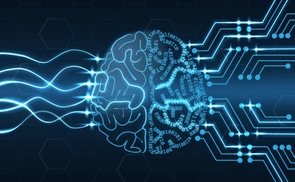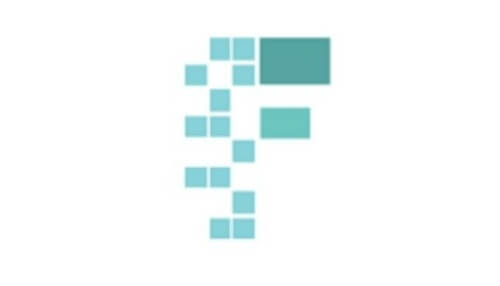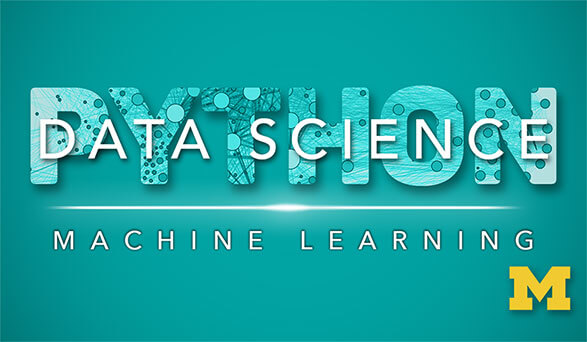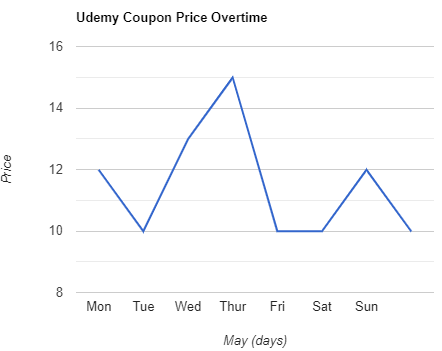Finding Mutations in DNA and Proteins (Bioinformatics VI)
5 Google Cloud Platform " Google Cloud Platform A" Cloud Dataproc A Spark ML API A" Cloud Dataflow A" Google BigQuery A" AAA TensorFlow Cloud ML A" " " " AA" A>>>Qwiklabs'FAQhttps://qwiklabs.com/terms_of_service <<<
Created by: Pavel Pevzner
 Quality Score
Quality Score
Overall Score : 88 / 100
 Live Chat with CourseDuck's Co-Founder for Help
Live Chat with CourseDuck's Co-Founder for Help
 Course Description
Course Description
 Instructor Details
Instructor Details
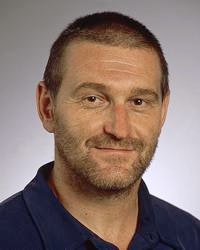
- 4.4 Rating
 7 Reviews
7 Reviews
Pavel Pevzner
Pavel Pevzner (https://cseweb.ucsd.edu/~ppevzner/) is Professor of Computer Science and Engineering at University of California San Diego (UCSD), where he holds the Ronald R. Taylor Chair and has taught a informatics Algorithms course for the last 12 years. In 2006, he was named a Howard Hughes Medical Institute Professor. In 2011, he founded the Algorithmic logy Laboratory in St. Petersburg, Russia, which develops online bioinformatics platform Rosalind (https://rosalind.info). His research concerns the creation of bioinformatics algorithms for analyzing genome rearrangements, DNA sequencing, and computational proteomics. He authored Computational Molecular logy (The MIT Press, 2000), co-authored (jointly with Neil Jones) An Introduction to informatics Algorithms (The MIT Press, 2004), and co-edited (with Ron Shamir) informatics for logists (Cambridge University Press, 2011). For his research, he has been named a Fellow of both the Association for Computing Machinery (ACM) and the International Society for Computational logy (ISCB).



